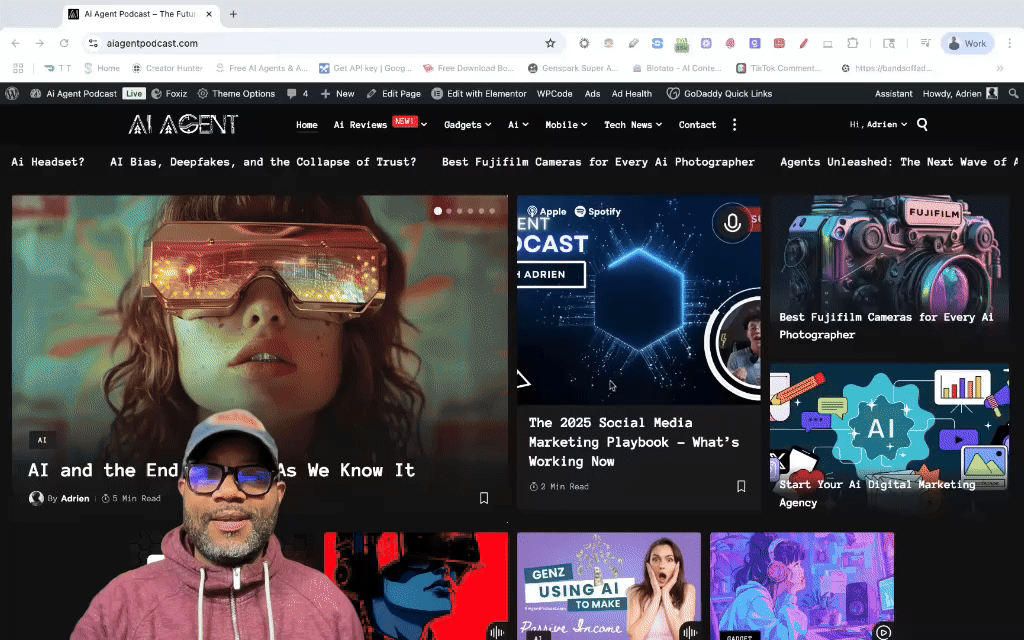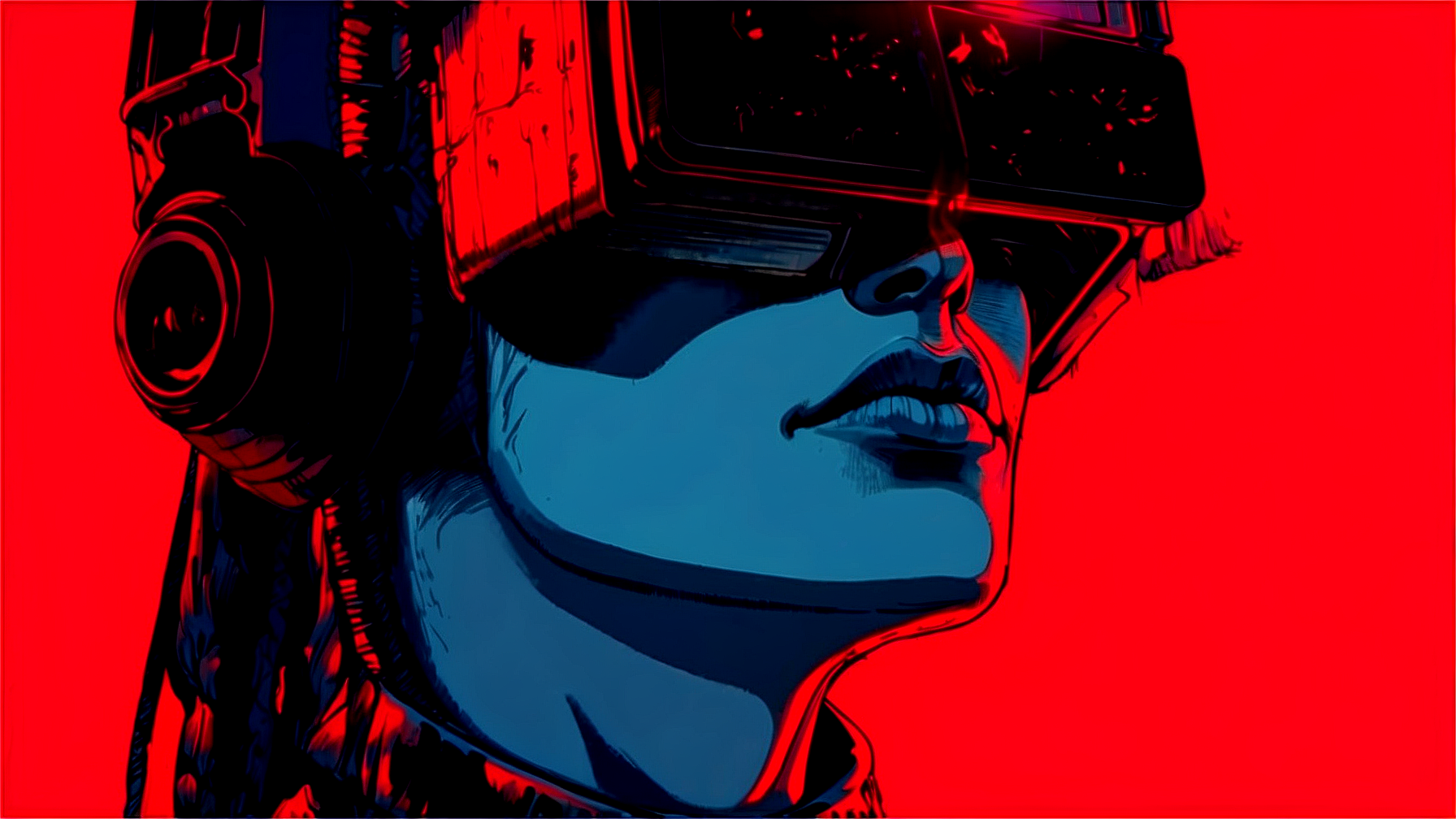In a world increasingly shaped by algorithms and artificial intelligence, the boundaries between truth and illusion are blurring. What once seemed like science fiction—machines making decisions, synthetic media indistinguishable from reality—is now an integral part of everyday life. But as these technologies evolve, so too do the questions that shadow their ascent. From AI systems absorbing the prejudices of their creators, to deepfakes eroding the credibility of what we see and hear, society faces a critical juncture: How can we trust what our eyes show and our devices suggest? This article delves into the intertwined forces of AI bias and deepfake technology, exploring their impact on trust, perception, and the very fabric of shared reality.
Unmasking the Machine Understanding How AI Bias Shapes Perception and Policy
- Facial recognition struggles with accurate identification for darker skin tones, impacting surveillance and security outcomes.
- Automated credit scoring embeds historical lending discrimination, shaping who gets a mortgage or business loan.
- Healthcare algorithms sometimes underdiagnose minority populations due to biased training sets.
These seemingly small distortions ripple outward, reinforcing the very disparities society aims to dismantle. To illustrate the systemic weight AI bias can carry, consider the following snapshot:
| Sector | AI Application | Potential Bias Impact |
|---|---|---|
| Hiring | Resume Screening | Exclusion of non-traditional backgrounds |
| Justice | Risk Assessment Tools | Higher risk scores for minority groups |
| Education | Student Monitoring Systems | Over-policing of certain demographics |
Fixing these fissures means questioning who gets to define “normal” in datasets and pushing for transparency in algorithmic design. In the end, the machine learns from us—and it’s time we teach it better.
Future Outlook
As we navigate this new digital frontier, where algorithms make decisions, images lie, and truth flickers like a broken signal, the challenge is not to halt progress—but to steer it with intention. AI bias, deepfakes, and the erosion of trust are not just technological issues; they’re human ones, rooted in our values, our oversight, and our responsibility. The future will not simply happen to us—we will build it. And the question is, will we build it on the shifting sands of illusion, or on foundations strong enough to bear the weight of belief? The choice, as always, begins with awareness—and continues with action.




